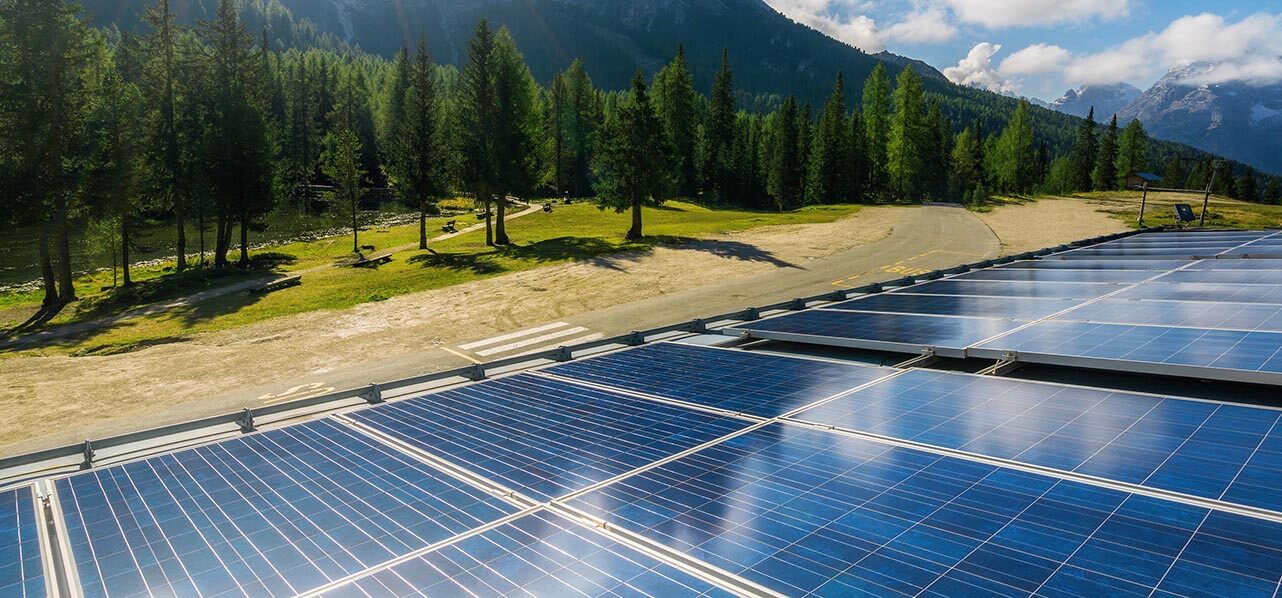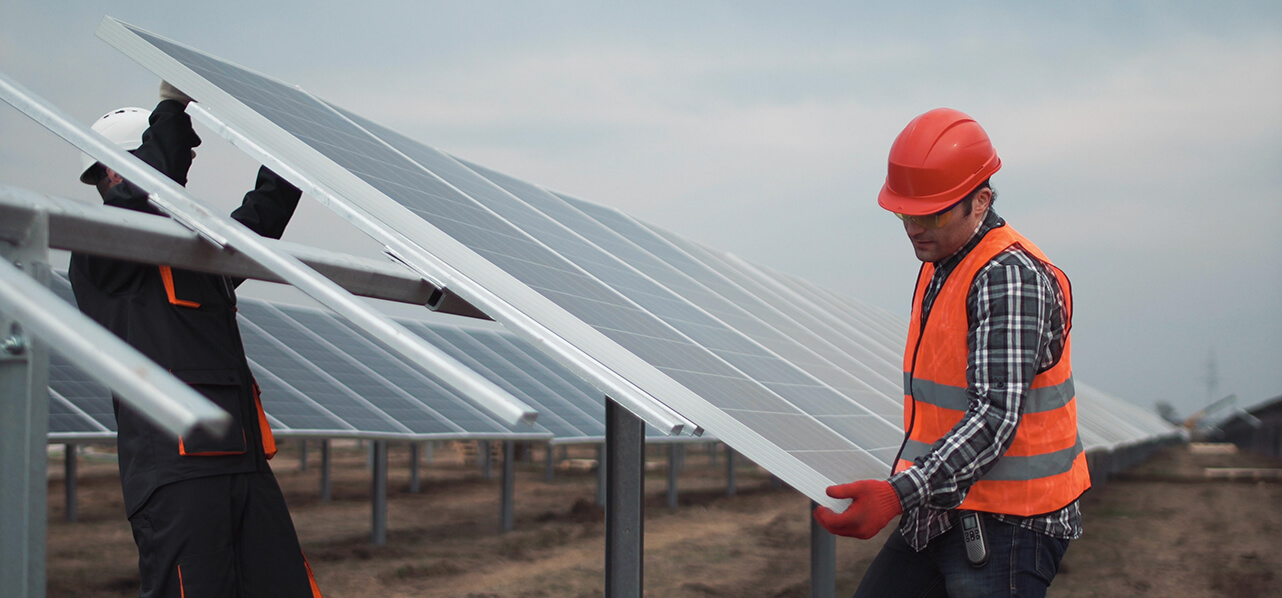In the sixth sector article of our Net Zero series, our team looks at what the UK’s Net Zero Strategy (“the Strategy”) means for industry stakeholders in the Natural Resources, Waste and Fluorinated Gases sector.
Chapter 3vi of the Strategy sets out how the UK Government plans to transform the way we use natural resources, farm our land and manage our waste. The overarching purpose of this chapter is to help harness nature through preservation and conservation. The commitments made in chapter 3vi have the potential to create both opportunities and jobs, as well as additional responsibilities and increased costs for stakeholders involved in the waste, construction, property, renewables, farming, horticulture and food sectors but only if those commitments are actually delivered by government.







